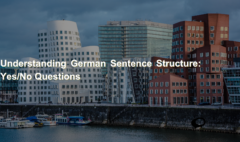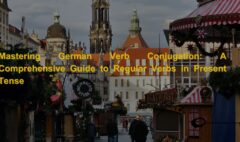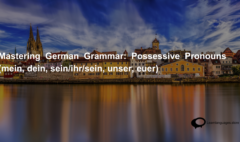ITALIAN COFFEE CULTURE: HOW TO ORDER COFFEE IN ITALY FROM A LOCAL
ITALIAN COFFEE CULTURE: HOW TO ORDER COFFEE IN ITALY FROM A LOCAL
How to Order Coffee in Italy and Avoid Faux Pas (Includes Italian Coffee Vocabulary and Phrases)
Living as a foreigner in Italy and being married to an Italian has taught me one thing: Italians take their coffee very seriously.
That’s why it’s as hard to learn how to order coffee in Italian as it is to describe the smell of a freshly pulled espresso.
Think I’m being too dramatic? If you know Italians who live outside of Italy, you’ll know that the coffee culture is one of the first things they miss from home.
Before we show you how to order coffee in Italian the right way, we’ll take you on a tour of the country’s coffee culture and explain why trying to order a “cold brew with creamer” in Italy might be a huge mistake to some bartenders.
Come with us to learn more about:
The history of coffee in Italy
A look at the Italian bar and café scene
Key Italian words for coffee
How to say, “Coffee, please,” in Italian

Why is coffee so important in Italy? What is the history of coffee in Italy?
Middle Eastern traders brought coffee beans to Italy for the first time in the 1600s. Two of the oldest coffee shops in the world, Caffé Florian and Caffé Greco, are in Venice and Rome, respectively, and have been open since the 1700s.

In Venice, Italy, at Caffé Florian
Since then, coffee has become a big part of Italy’s society, and Italians have worked hard to perfect the art of making coffee.
More specifically, making espresso
Italians made espresso the way we know and love it today.
Italy is known as the “coffee capital” because it invented and perfected the espresso, which is a coffee drink.
It wasn’t easy to make the most famous Italian non-alcoholic drink.
The espresso craze in Italy started when the espresso machine was invented in 1884. Angelo Moriondo was the first person to get a patent for the espresso machine. He did this in Turin.
Since then, Italian coffee makers have come up with a number of ways to make espresso stronger, faster, and more reliable.
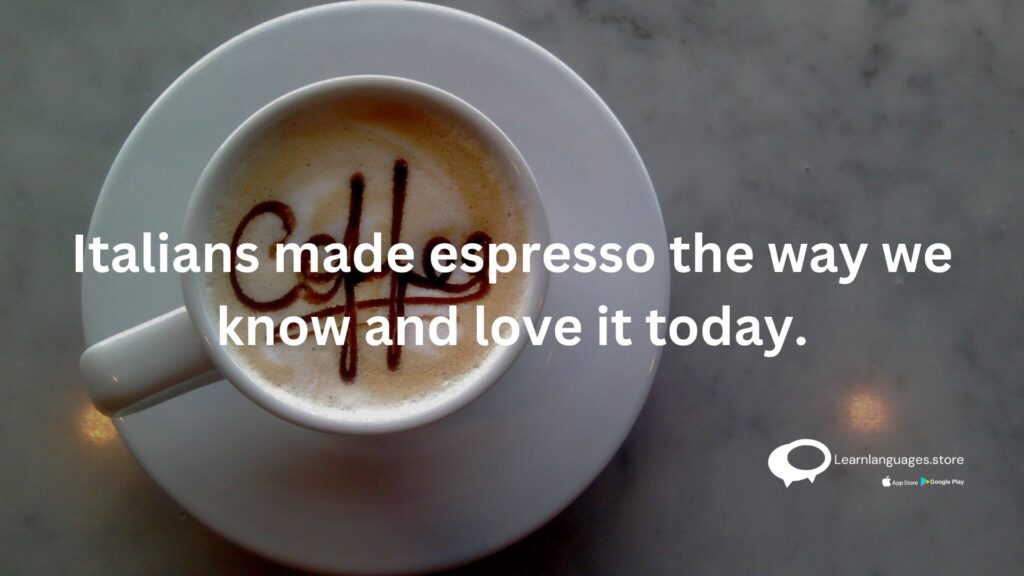
You will see Italians going to the bar for coffee whether you are at an opera in Venice or taking a day trip to the island of Capri.
Italians don’t always get coffee from a drive-thru like we do in the U.S. Instead, they like to go to the bar to talk, smoke, and drink what they call “il vero caffè” (the real coffee).
What are the main differences between a bar and a café?
Italians go to a bar to drink coffee when they want to go out. In Italy, most bars offer coffee, alcohol, and often a variety of pastries, snacks, or small plates.
Still, most Italians know the difference between a caffè and a cappuccino because of movies, music, and other things that came from the United States in the last century. Americans might find it strange to say, “I’m going to the bar for breakfast,” but Italians drink their coffee there, and there’s one on every corner!
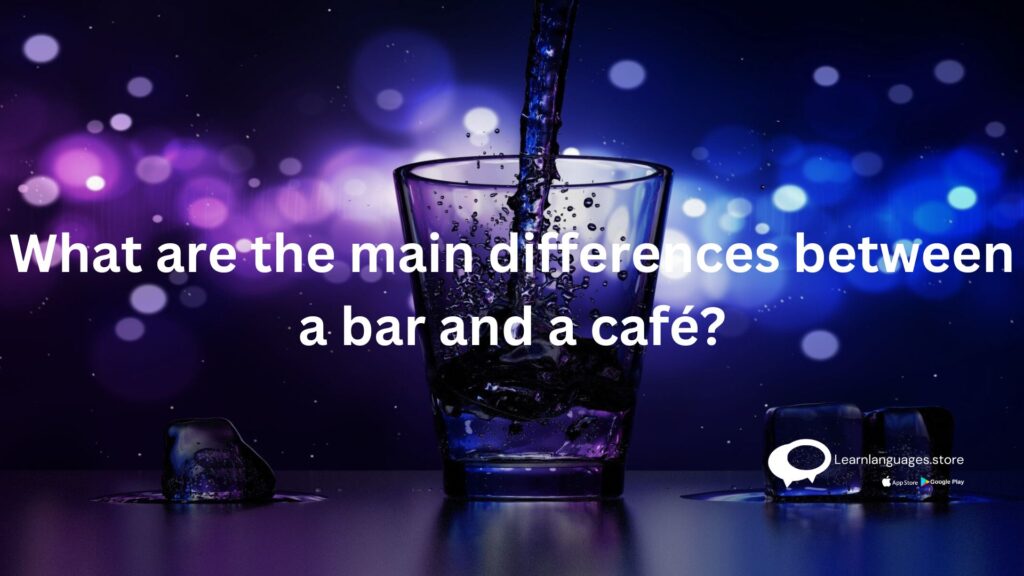
Let’s get our Italian coffee styles in order before we order:
1. Espresso
(Also simply known as caffè.) The most basic form of coffee served in an espresso cup (If you ask for coffee in Italy, this will be the go-to portion.)
2. Americano
Espresso with hot water added to it, a much thinner brew.
3. Cappuccino
Espresso with foam and steamed milk (and many Italians also like powdered chocolate on top.)
4. Macchiato
Similar to a cappuccino, but just a splash of milk.
5. Marocchino
From the Italian word, Morrocan (Moroccan) comes an espresso mixed with either hot chocolate or cocoa powder, topped with foam.
6. Caffè Latte (Different from a Latte)
Espresso mixed with steamed milk.
7. Caffè Lungo
A “long” espresso (pulling out more water and thus more caffeine from just one espresso.)
8. Caffè Doppio
A double espresso.
9. Caffè Corretto
Espresso “corrected” with a shot of liquor, most commonly Italian grappa.
10. Caffè Corto
A “short” espresso (less quantity, more aroma, less caffeine.)



